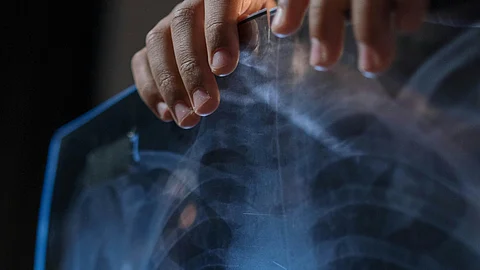A complex case requiring urgent intervention.
Maryam has been suffering from severe respiratory distress since birth, requiring prolonged hospitalization. Even after discharge, she was readmitted several times with respiratory problems and pneumonia. After a complete evaluation at AIIMS, doctors categorized her case as semi-urgent and, despite the huge patient load, provided her with surgery priority.
Pioneering minimally invasive surgery on an infant
The procedure was conducted by a team headed by Dr. Vishesh Jain, AIIMS professor of pediatric surgery. Skipping the traditional open-chest approach—which involves a large incision, plenty of pain, and a long recovery time—the team opted for the thoracoscopic approach, a novel, minimally invasive one that requires supreme precision in infants.
Through the use of specialized instruments only 3 to 5 millimeters in diameter and a tiny camera, the surgeons got a close view of Maryam's chest cavity. Among the most significant challenges was when the hyperinflated part of the lung expanded even more under anesthesia, causing her oxygen levels to drop too low. However, through skilled coordination between the surgical team and Dr. Nishant Patel, an anesthesiologist, they managed to redirect oxygen to her healthy lungs, stabilize her, and safely continue with the procedure.


